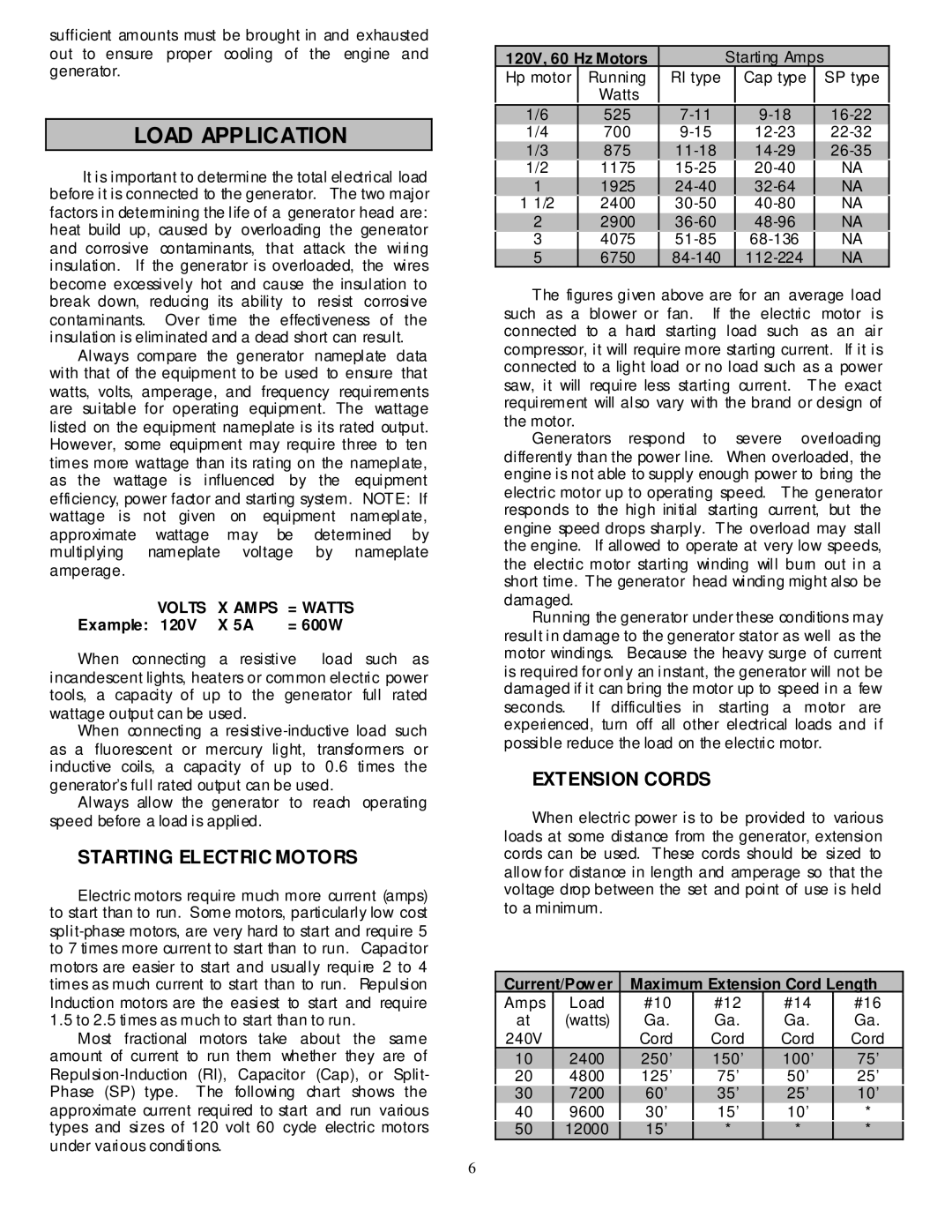2900 specifications
The North Star 2900 is a cutting-edge vessel designed for various marine applications, particularly in the realms of recreation and commercial use. This versatile yacht emphasizes performance, comfort, and advanced technology, setting it apart in the competitive maritime market.One of the standout features of the North Star 2900 is its robust construction. Built with high-quality materials, the hull is molded from composite fiberglass, ensuring durability and resistance to the harsh marine environment. This material also contributes to the vessel's lightweight structure, allowing for improved fuel efficiency and ease of handling.
The yacht’s design focuses on optimizing space and functionality. With a spacious cockpit and well-appointed interior, the North Star 2900 can comfortably accommodate families and groups, making it ideal for both leisurely cruises and serious fishing trips. The layout includes multiple sleeping cabins, a fully equipped galley, and a large salon area, all designed with modern aesthetics and comfort in mind.
Equipped with modern technology, the North Star 2900 integrates a sophisticated navigation system that includes GPS, radar, and sonar capabilities. These technology features enhance safety and ease of use, making it suitable for both novice and experienced boaters. Additionally, the yacht boasts an advanced autopilot system and customizable controls that ensure smooth sailing, even in challenging conditions.
Performance is another critical aspect of the North Star 2900. The yacht is powered by twin high-performance engines, providing ample horsepower for swift navigation and excellent maneuverability. This propulsion system not only enhances speed but also contributes to overall fuel efficiency, allowing for longer voyages without the need for frequent refueling.
Safety features are paramount in the design of the North Star 2900. It comes equipped with automatic bilge pumps, fire suppression systems, and multiple life-saving flotation devices. These elements ensure that safety is prioritized for all passengers on board.
In summary, the North Star 2900 is a remarkable vessel that combines innovative design, modern technology, and robust construction. Its spacious interiors, powerful performance, and safety features make it a top choice for adventurers and leisure seekers alike, embodying the spirit of exploration on the open water. Whether navigating coastal waters or embarking on an extended voyage, the North Star 2900 promises a remarkable boating experience.

